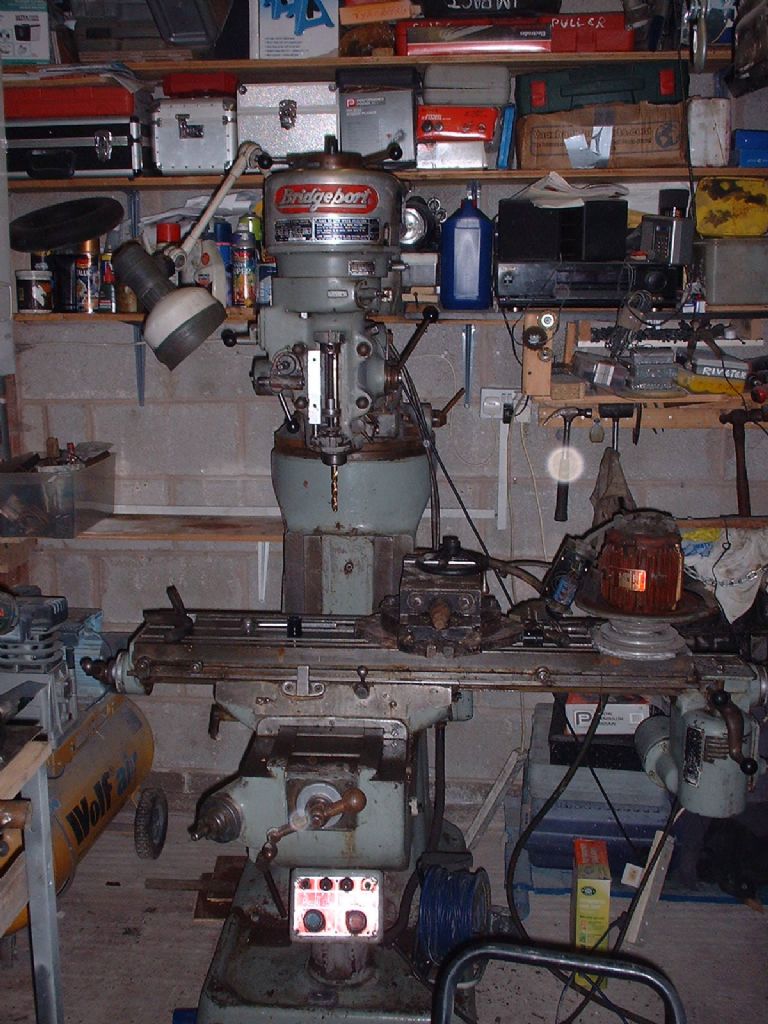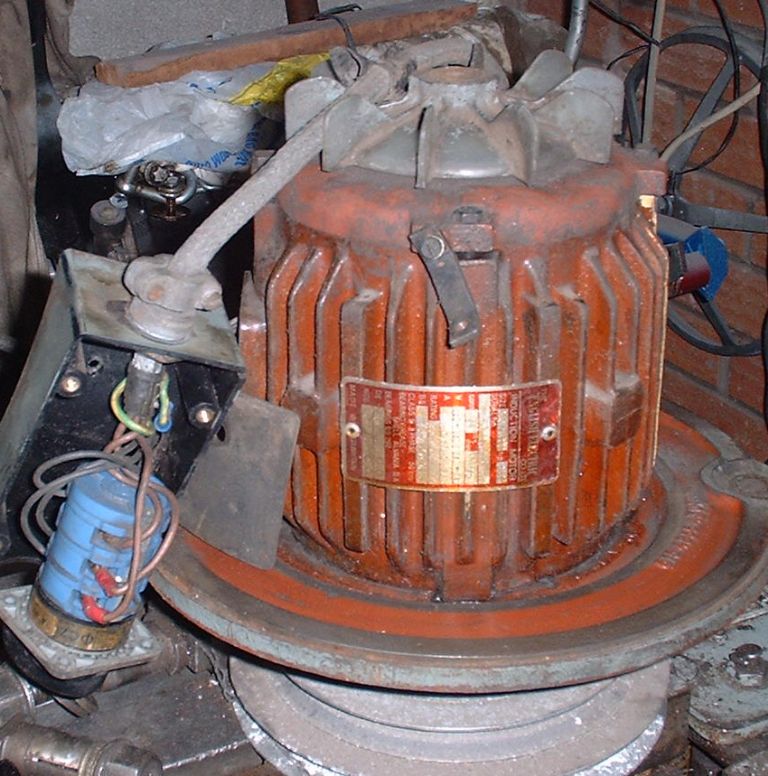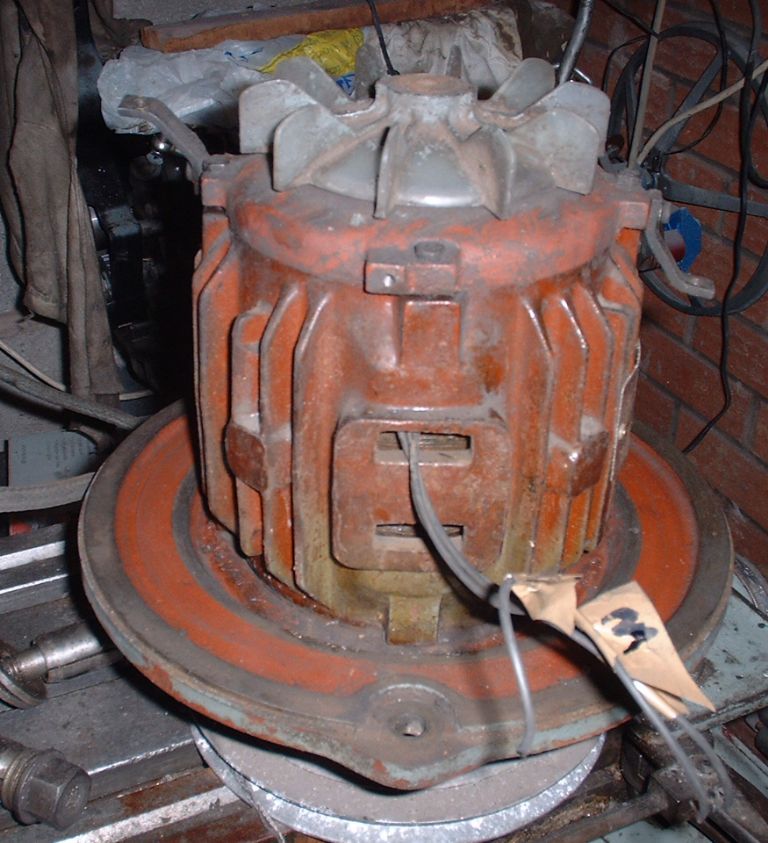Hi Rob, The cheapest way will be to use a 240 Volt VFD and rewire the motor to delta. You do have the right sort of motor to be able to change it. The change has to be made on the motor itself. Where the cable goes in, there is usually a small plate held on by a couple of screws. Take it off and you will find a number of terminals, linked with small links with two holes in them so they just fit over the terminals. Now, with luck there will be a diagram on the back of the cover or inside showing how the links should be connected for star and delta mode. It will be in star mode as it came, and this will link the three coils to one common point. In delta mode the three coils will be linked in a triangle. You may find that one of the existing connections is made with two links, one on top of the other. This is because star mode only needs two connections while delta needs three.
In the existing star mode, there will be three incoming power connections, each connected to one end of a winding. The other end of all the windings connects together to the neutral connection. There should also be an earth connection to the frame of the motor. When it is connected in star mode, then the end of each winding will be connected to another winding, and they both connect to an incoming phase. Because they are now connected in a triangle, there will no longer be a neutral point, and you will find that the VFD device does not provide neutral on the output side. This is fine. The earth should still be connected as normal.
The VFD should connect directly to the motor, eg not through any existing switchgear, as it is not usually recommended to switch the output of the VFD. An isolating switch ahead of the VFD is still a good idea, although if it is going to plug into a wall outlet then simply turning off at the wall and unplugging will be a good way to isolate it when you need to.
If you find that the motor does not have the strapping diagram inside the cover, it might pay to get someone who knows about such things to look at the strappings for you.Or else take a photo and put it up here. You do want to get this right for several important reasons, like not cooking the motor, the VFD, or yourself…not necessarily in order of importance!
This is a really good conversion to do, since not only do you get the full performance of the motor, you get a variable speed, and the maximum speed can be higher than the motor would normally have provided. Generally motors can be run up to twice their rated speed without problems, although you might want to check what the spindle is rated for too.
John
Anonymous.








